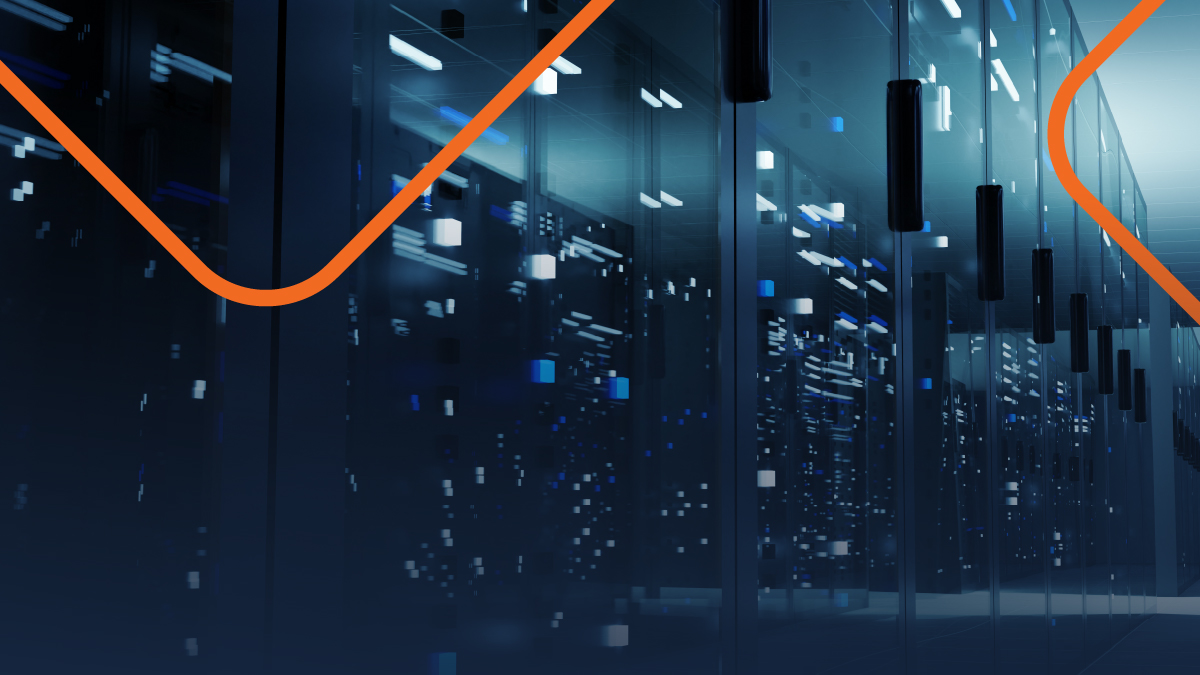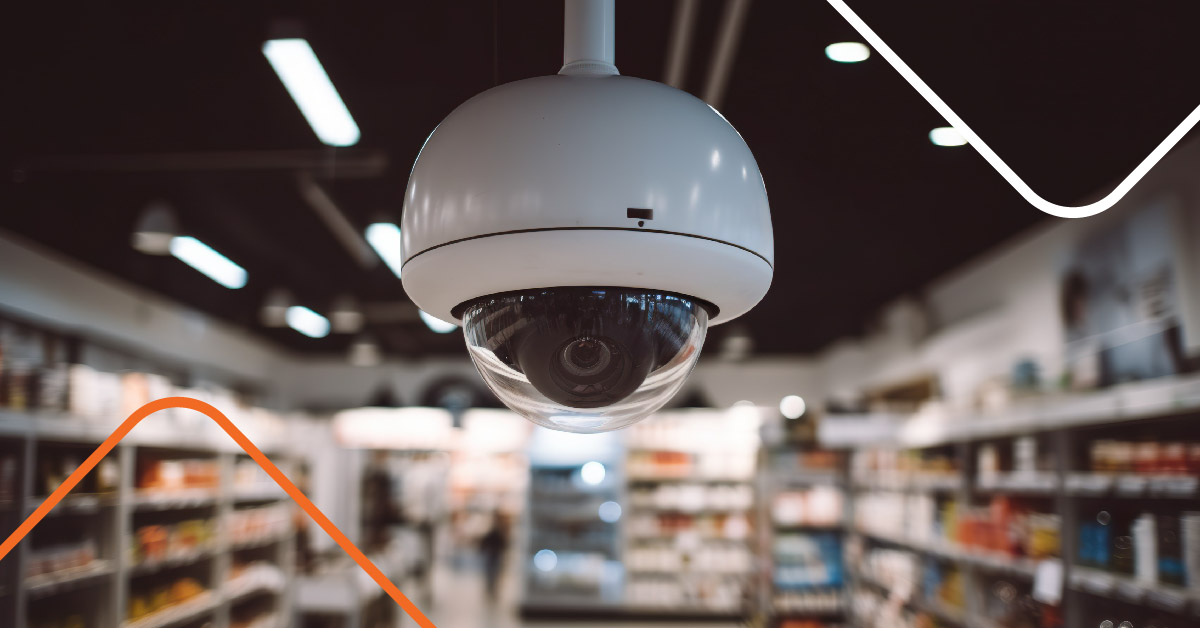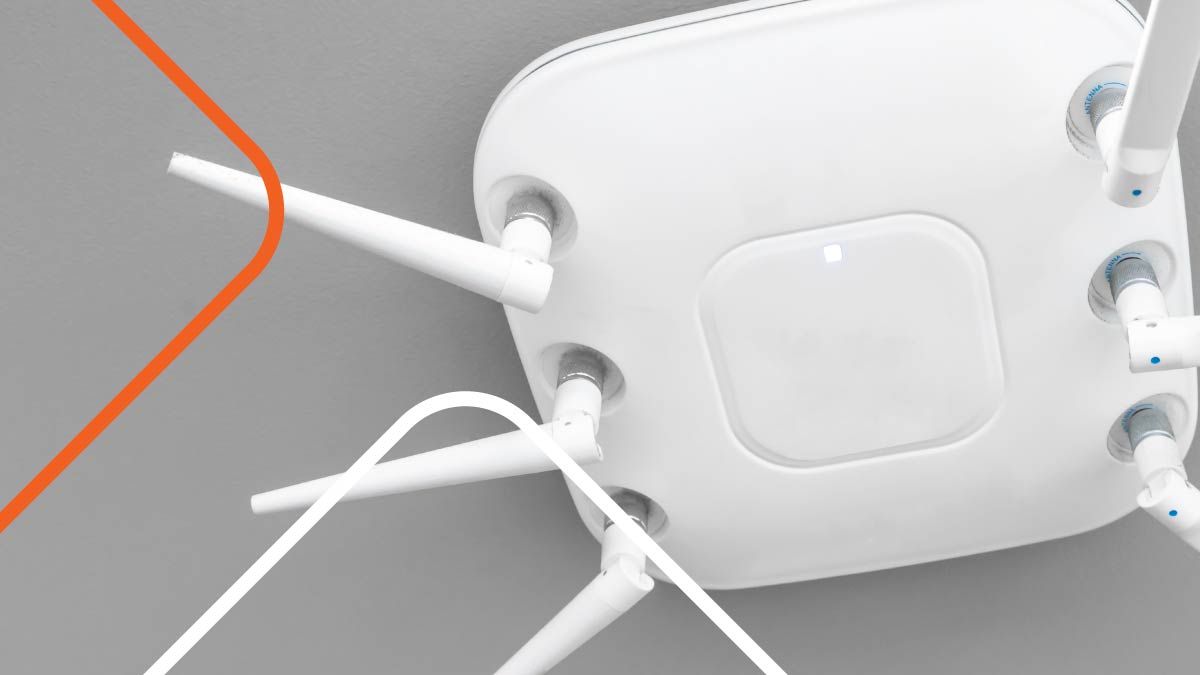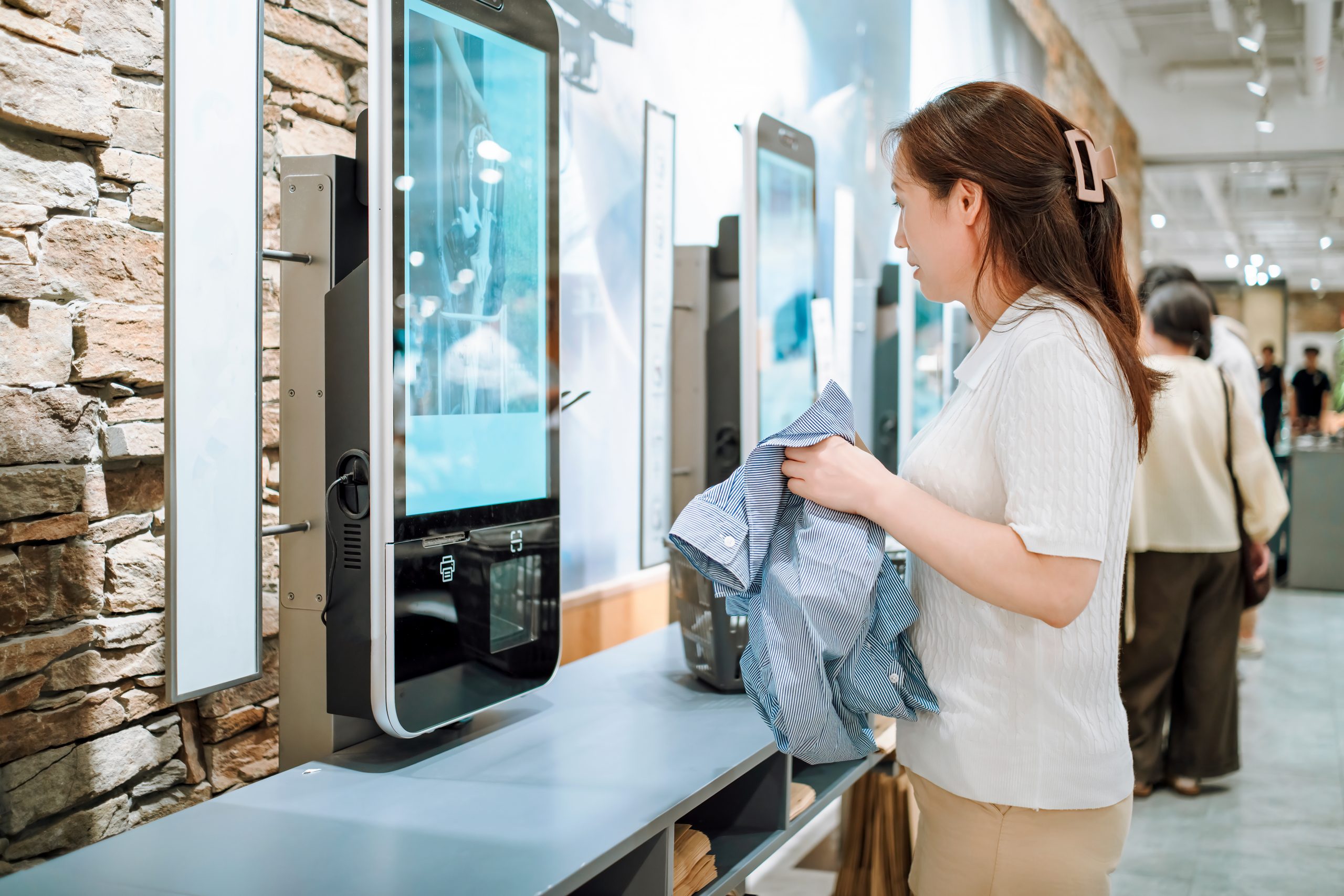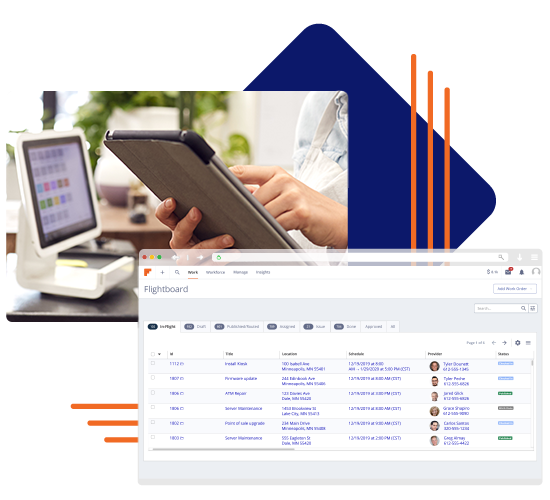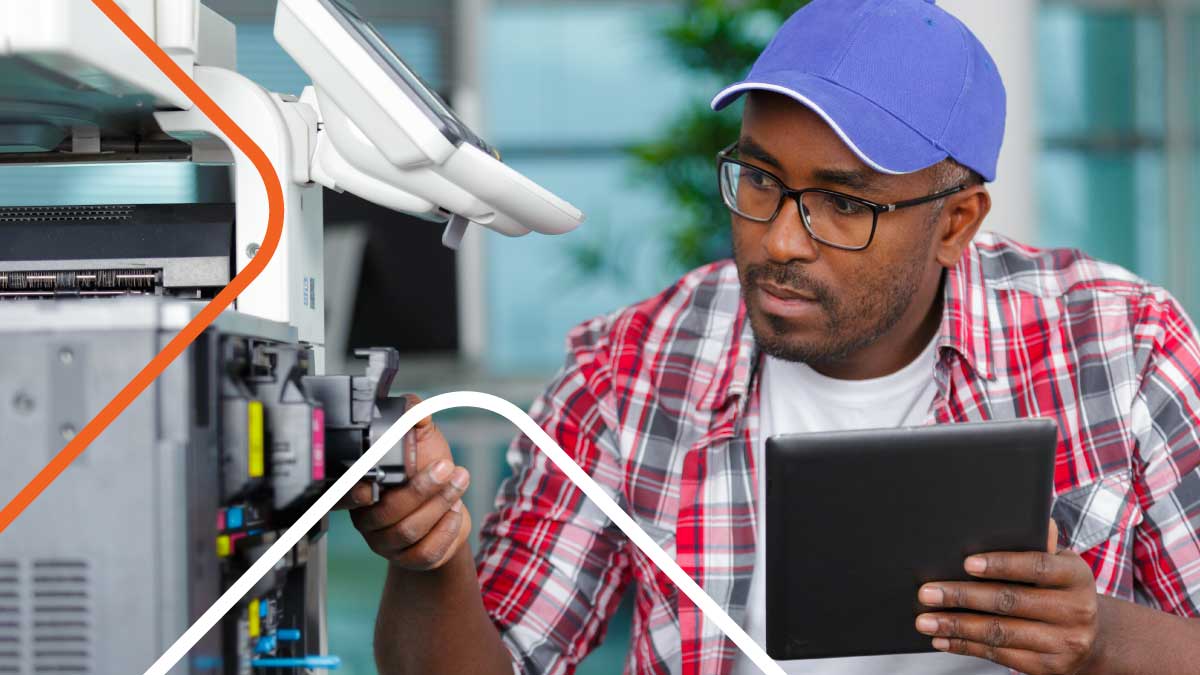An enterprise technology company used Field Nation to source skilled AV technicians for a nationwide rollout of digital menu boards for a global foodservice retailer. The six-month deployment scaled..
A managed technology services provider partnered with Field Nation to support a nationwide upgrade from analog CCTV to IP cameras across hundreds of retail locations. The scalable technician network..
A leading MSP used Field Nation to support a nationwide WAP installation across 1,200+ retail locations over 10 months. On-demand labor enabled scalable execution, improved efficiency, and consistent..
A leading MSP partnered with Field Nation to support a large-scale, international deployment of automated package lockers across the U.S. and Canada. Access to skilled technicians enabled consistent..
An IT security integration provider used Field Nation to support a nationwide self-checkout PVM rollout for a major discount retailer. On-demand access to skilled technicians enabled fast execution..
An enterprise service delivery provider partnered with Field Nation to execute a nationwide software and hardware install, configuration, and rollout across hundreds of branch locations. Spanning..
An on-site IT service provider partnered with Field Nation to complete over 2,500 IoT installation and configuration work orders across all 50 states for a national restaurant chain. By leveraging..
An IT field service company used on-demand labor to support a nationwide retail rollout, coordinating work across 850 sites in 36 states with fast response times, high fulfillment, and minimal..
With Field Nation’s Provider Success Score (PSS), Worldlink increased its work order volume while continuing to deliver reliable results for clients.
Discover how service delivery teams reduce labor costs, scale faster, and achieve measurable ROI with Field Nation’s on-demand labor platform.
Nationwide drop box and kiosk installations completed for a leading logistics provider, delivering consistent quality and coast-to-coast coverage across all 50 states through Field Nation’s on-demand..
Nationwide drop box and kiosk installations completed for a leading logistics provider, delivering consistent quality and coast-to-coast coverage across all 50 states through Field Nation’s on-demand..



